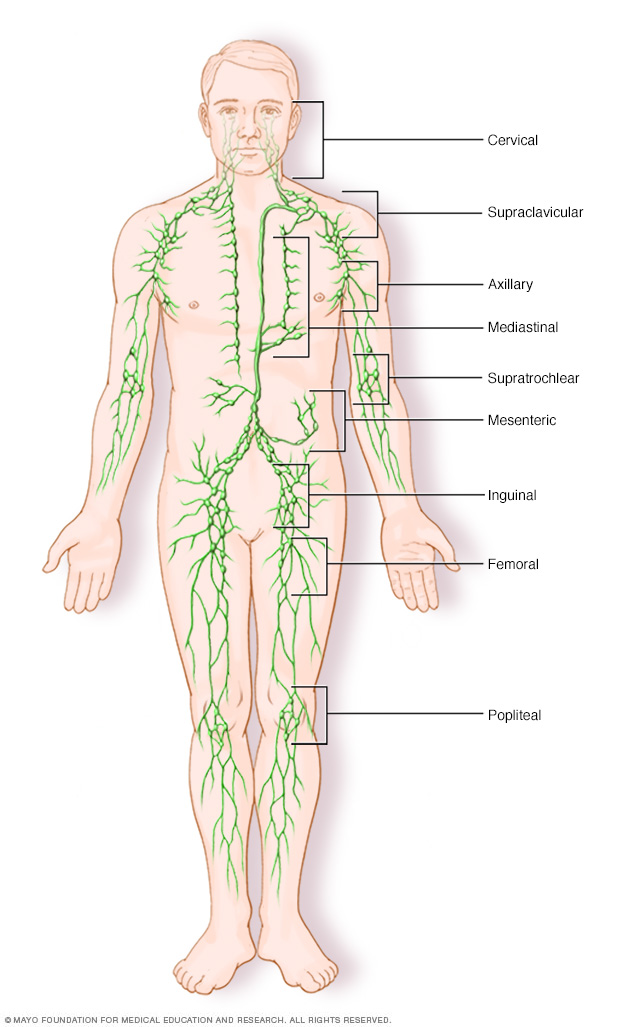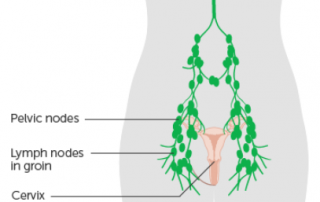


urinalysis to check for UTI and other infections.STI tests, which can include swabs, blood, or urine tests.a pap test to check for cell changes and abnormal cells in the cervix.a pelvic exam, which includes a visual and physical examination of your reproductive and sexual organs.Other tests your doctor may ask for include: The doctor may also check for lymphadenopathy and other signs of injury or infection. The next step is a physical exam to check the nodes for: They’ll want to know how long your lymph nodes have been swollen and any other symptoms you’re experiencing. To diagnose the cause of swollen lymph nodes in the groin, a doctor will begin with reviewing your medical history, including information about your sexual practices. certain bacterial and parasitic infections, such as Lyme disease, cat scratch disease, and toxoplasmosis.autoimmune disorders, such as lupus, Sjögren’s syndrome, and rheumatoid arthritis.systemic viral infections, such as chickenpox, mononucleosis, and tuberculosis.Other conditions that can cause more than one area of swollen lymph nodes are: This is when more than one area of lymph nodes, such as the armpits and groin, swells. Swollen lymph nodes can also be caused by lymphoma and leukemia, though these types of cancers are more likely to cause generalized lymphadenopathy. Though other causes are more common, cancer can cause swollen lymph nodes in the groin in women and men.Ĭancer in the pelvis, back, and lower extremities can spread to your inguinal lymph nodes. HIV, the virus that causes AIDS and starts with flu-like symptoms and swollen lymph nodes two to four weeks after initial infection.

SWOLLEN LYMPH NODES IN GROIN FEMALE SKIN

low-grade infection from shaving your pubic hair or legs.bacterial vaginosis, a common infection that occurs when too much of a certain kind of bacteria alters your vaginal pH balance.vaginal yeast infection, which is caused by an overgrowth of the fungi candida.The following are the most common causes of swollen groin lymph nodes in women: The groin lymph nodes, also called inguinal nodes, are usually affected by infection or illness in the lower body. Swelling tends to occur in the lymph nodes closest to the area of infection.


 0 kommentar(er)
0 kommentar(er)
